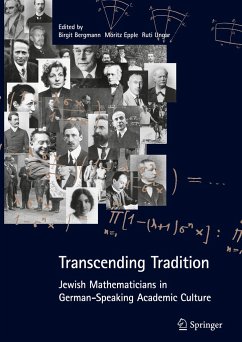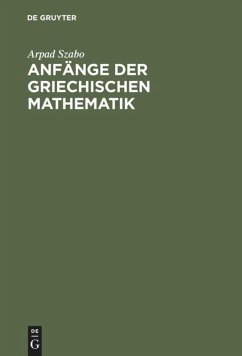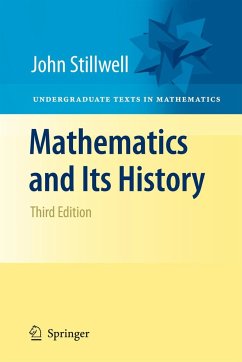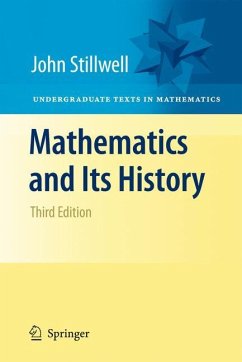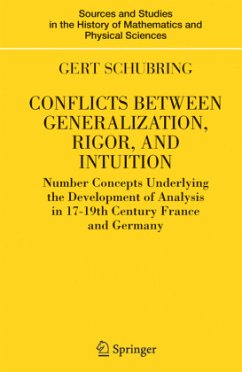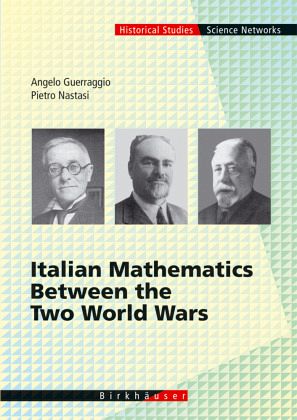
Italian Mathematics Between the Two World Wars

PAYBACK Punkte
0 °P sammeln!
During the first decades of the last century Italian mathematics was considered to be the third national school due to its importance and the high level of its numerous - searchers. The decision to organize the 1908 International Congress of Mathematicians in Rome (after those in Paris and Heidelberg) confirmed this position. Qualified Italian universities were permanently included in the tour organized for young mathematicians' improvement. Even in the years after the First World War, Rome (together with Paris and Göttingen) remained an important mathematical center according to the American...
During the first decades of the last century Italian mathematics was considered to be the third national school due to its importance and the high level of its numerous - searchers. The decision to organize the 1908 International Congress of Mathematicians in Rome (after those in Paris and Heidelberg) confirmed this position. Qualified Italian universities were permanently included in the tour organized for young mathematicians' improvement. Even in the years after the First World War, Rome (together with Paris and Göttingen) remained an important mathematical center according to the American ma- ematician G. D. Birkhoff. Now, after almost a century, we can state that the golden age of Italian mathem- th th ics reduces to the decades between the 19 and the 20 century. In the centre of interest stood the algebraic geometry school with Guido Calstelnuovo, Federico Enriques and Francesco Severi acting as key figures. Their work led to an almost complete systema- zation of the theoryof curves to the complete classification of the surfaces and to the bases of a general theory of algebraic varieties. Other important contributions came from the Italian school of analysis. Its main representative was Vito Volterra - an outstanding analyst with a strong interest in mathematical physics - who produced important results in real analysis and the theory of integral equations and contributed to the initiation of functional analysis.






